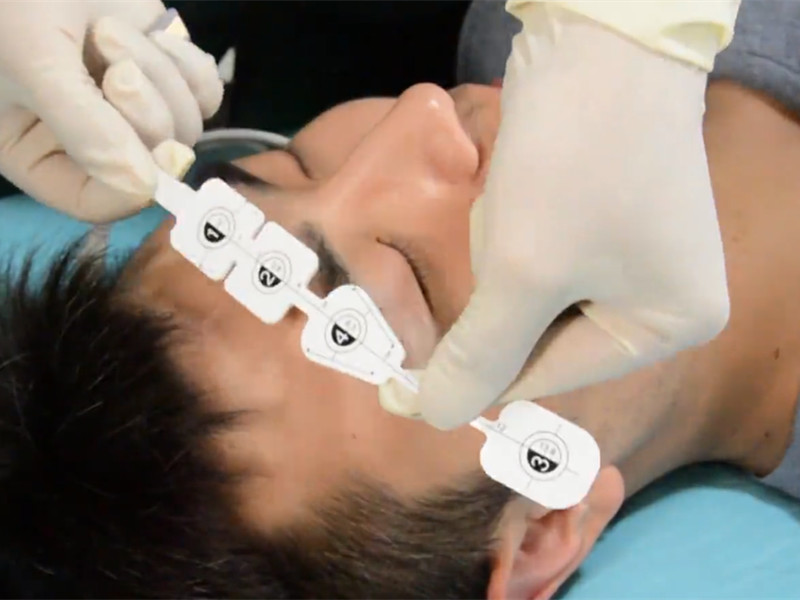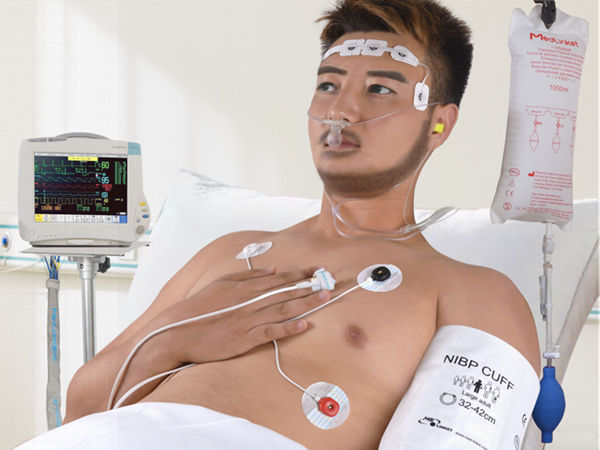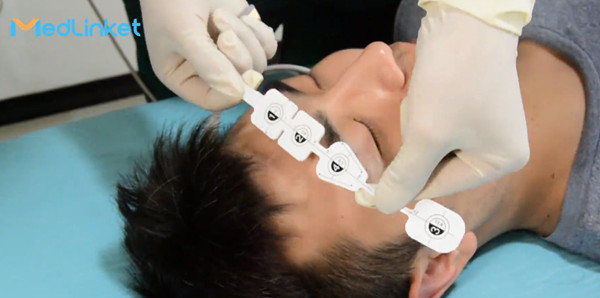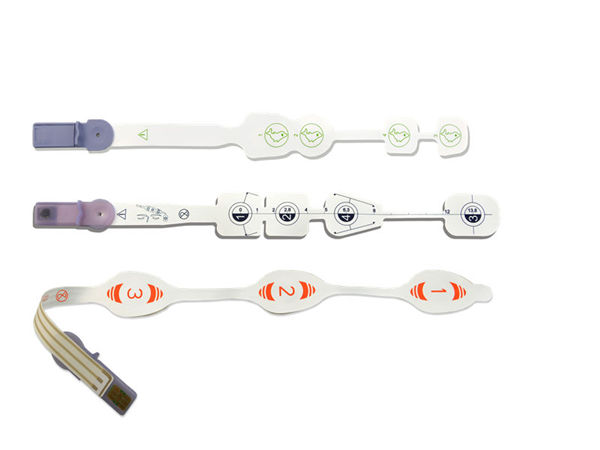Disposable non-invasive EEG sensor, combined with anesthesia depth monitor, is used to monitor the depth of anesthesia and guide anesthesiologists to deal with various difficult anesthesia operations.
According to PDB data: (general anesthesia + local anesthesia) the sales of sample hospitals in 2015 was RMB 1.606 billion, with a year-on-year increase of 6.82%, and the compound growth rate from 2005 to 2015 was 18.43%. In 2014, the number of hospitalized operations was 43.8292 million, and there were nearly 35 million anesthesia operations, with a year-on-year increase of 10.05%, and the compound growth rate from 2003 to 2014 was 10.58%.
In European and American countries, general anesthesia accounts for more than 90%. In China, the proportion of general anesthesia surgery is less than 50%, including 70% in tertiary hospitals and only 20-30% in hospitals below secondary level. At present, the per capita medical consumption of anesthetics in China is less than 1% of that in North America. With the improvement of income level and the development of medical undertakings, the overall anesthesia market will still maintain a double-digit growth rate.
The clinical significance of anesthesia depth monitoring is also paid more and more attention by the industry. Precision anesthesia can make patients unaware during operation and have no memory after operation, improve the quality of postoperative awakening, shorten the residence time of resuscitation, and make the recovery of postoperative consciousness more complete; It is used for outpatient surgical anesthesia, which can shorten the postoperative observation time, etc.
The disposable non-invasive EEG sensors used for anesthesia depth monitoring are more and more used in anesthesiology department, operating room and ICU intensive care unit to help anesthesiologists ensure accurate anesthesia depth monitoring.
Advantages of MedLinket’s disposable non-invasive EEG sensor products:
1. There is no need to wipe and exfoliate with sandpaper to reduce the workload and avoid failure of resistance detection due to inadequate wiping;
2. The electrode volume is small, which does not affect the adhesion of brain oxygen probe;
3. Single patient disposable use to prevent cross infection;
4. High quality conductive adhesive and sensor, fast reading data;
5. Good biocompatibility to avoid allergic reaction to patients;
6. Optional waterproof sticker device.
发布时间: 21-10-27







